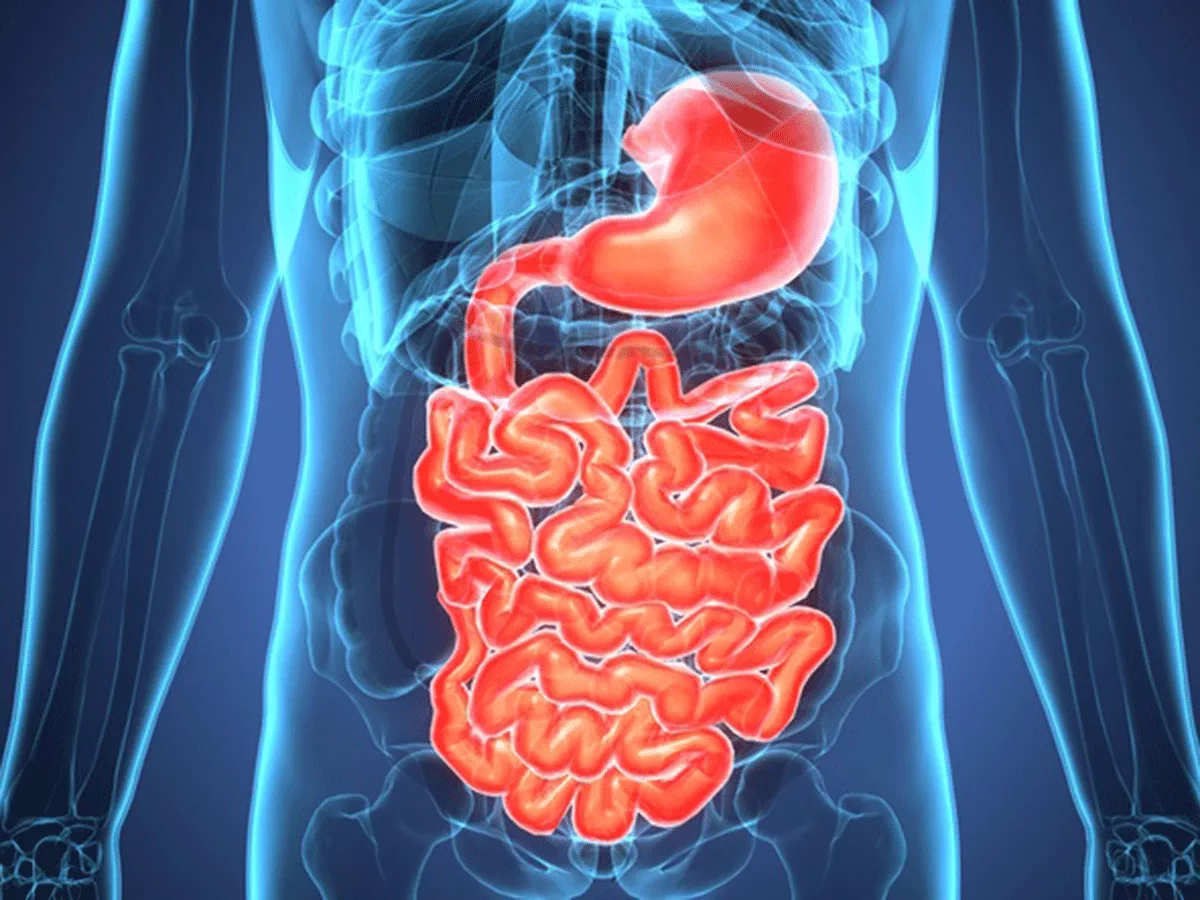In recent years enteric glial cells have moved on from being regarded as bit part players passively supporting intestinal epithelial cells, to being recognized as having a fundamental role in gastrointestinal physiology.
But despite this growing appreciation, very little is known about the molecular mechanisms that orchestrate their function during health and disease.
"In particular, emerging evidence indicates that enteric glial cells which are present throughout the gut wall, play central roles in gut homeostasis by supporting enteric nervous system function, maintaining the integrity of the intestinal epithelium, interacting with the vascular system of the mucosa and contributing to the regulation of intestinal immune responses," said Franze Progatzky, lead author of a paper in Nature October 21, which shows that in addition to previously described roles in neuromodulation, enteric glia cells have tissue-wide immunomodulatory roles, both at steady state and during inflammation.
In addition to showing how – as nonimmune cells – enteric glial cells mediate the initial responses to infection, the research also points to their involvement in inflammatory bowel disease (IBD).
In order to investigate how enteric glial cells respond to injury, Progatzky and colleagues infected mice with Heligmosomoides polygyrus. The larvae of this nematode settle in the tunica muscularis of the duodenum, where they elicit local tissue inflammation, which leads on to proliferation and reactive gliosis of enteric glial cells.
RNA sequencing showed genes that are associated with activation by interferon gamma were upregulated in enteric glial cells from infected mice, including Gbp4, Gbp10, Stat1 and CXCL10 (also known as interferon gamma-induced protein 10).
Having found that the reactive state adopted by enteric glial cells after H. polygyrus infection is characterized by the induction of an interferon gamma gene signature, the researchers next analyzed transcriptomes of healthy human colon and samples from IBD patients.
They found the genes expressed in IBD overlapped with those seen in H. polygyrus infected mice. "Similar to the mouse cells, genes associated with an activation by interferon gamma were also upregulated in human glial cells from patients with IBD," Progatzky said. "This suggests that glial cells in the human gut are also implicated in inflammatory conditions of this organ," she told BioWorld Science.
The researchers suggest that the mechanism of enteric glial cell activation and downstream molecular signalling cascade, and notably the expression of CXCL10, a signal that attracts other immune cells, is conserved between mice and humans.
The researchers next conducted a number of analyses to determine the effect of interferon gamma signaling on enteric glia in mice, demonstrating interferon gamma mediated activation of these cells regulates the immune response and repair of tissue damage associated with H. polygyrus infection.
Progatzky noted that much of the current thinking about enteric glial cells is read across from other glial cell populations, mostly astrocytes in the brain and Schwann cells in the peripheral nervous system, both of which have an important function in repair of injury and injury-associated immune responses.
"We show that enteric glia cells have tissue-wide immunomodulatory roles, both at steady state and during inflammation. This is consistent with other glia cell types of the central nervous system and the peripheral nervous system," Progatzky said.
The researchers say interferon gamma-enteric glial cell signaling emerges as a fundamental mechanism in maintaining and restoring tissue integrity. By monitoring interferon gamma levels at steady state, glial cells regulate and maintain intestinal health.
On the other hand, inflammation-induced upregulation of interferon gamma activates enteric glial cells, setting in train a cascade of immunomodulators that coordinate tissue repair.
As yet, the full range of effector mechanisms is unknown, but the demonstration that CXCL10 is a critical mediator of tissue repair downstream of interferon gamma-induced activation of enteric glial cells highlights how glial cells in the gut engage with multiple types of immune cells.
Many of the cells downstream of the interferon gamma-enteric glial cell signaling axis, including mesothelial cells, fibroblasts and immune cells, are known to play important roles in driving gastrointestinal disorders, including IBD and tumor formation.
That suggests enteric glial cells also are implicated in gastrointestinal disorders, and are a potential drug target.
"The fact that enteric glial cells are early and first responders to immune-cell derived signals points to a key role of this cell type in the regulatory hierarchies that govern the response of intestinal tissue to injury and inflammation, with wide implications for the understanding and, ultimately, treatment of inflammatory bowel disease," said Progatzky.
She added, "Glial cells are present in many organs, and we therefore speculate that they perhaps play similar roles in maintaining health tissue and mounting appropriate responses to pathogens or tissue injury in other parts of the body."

